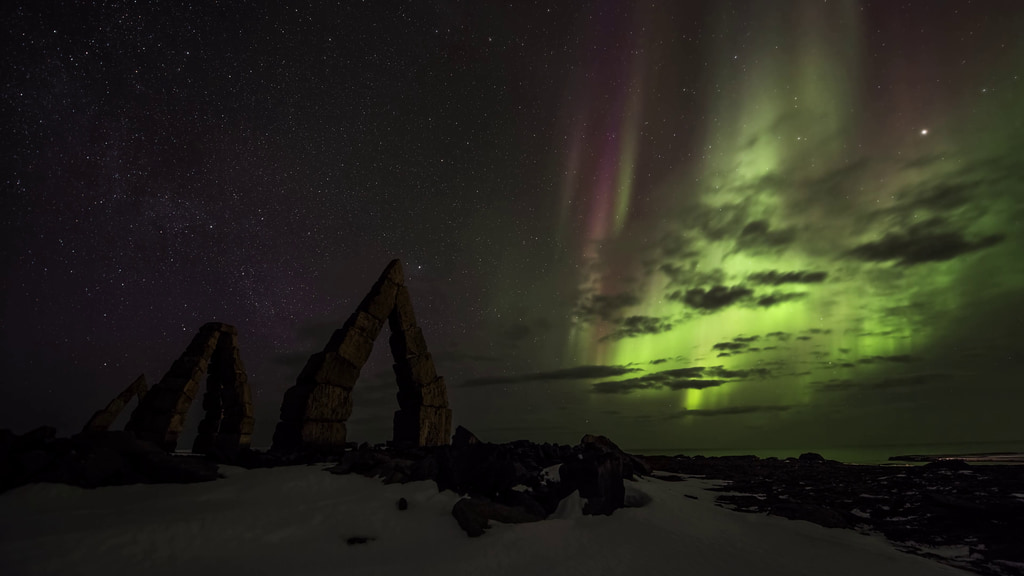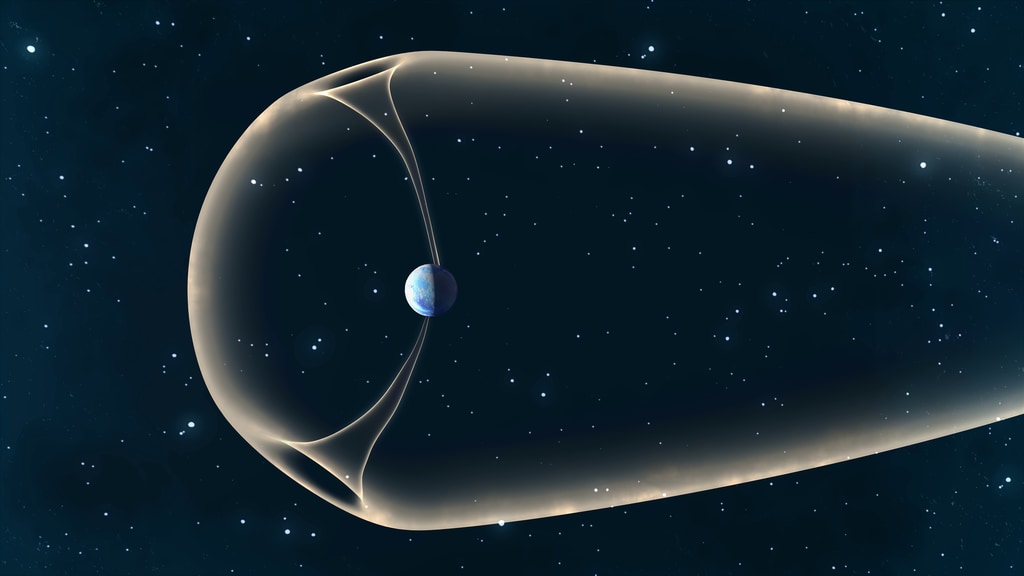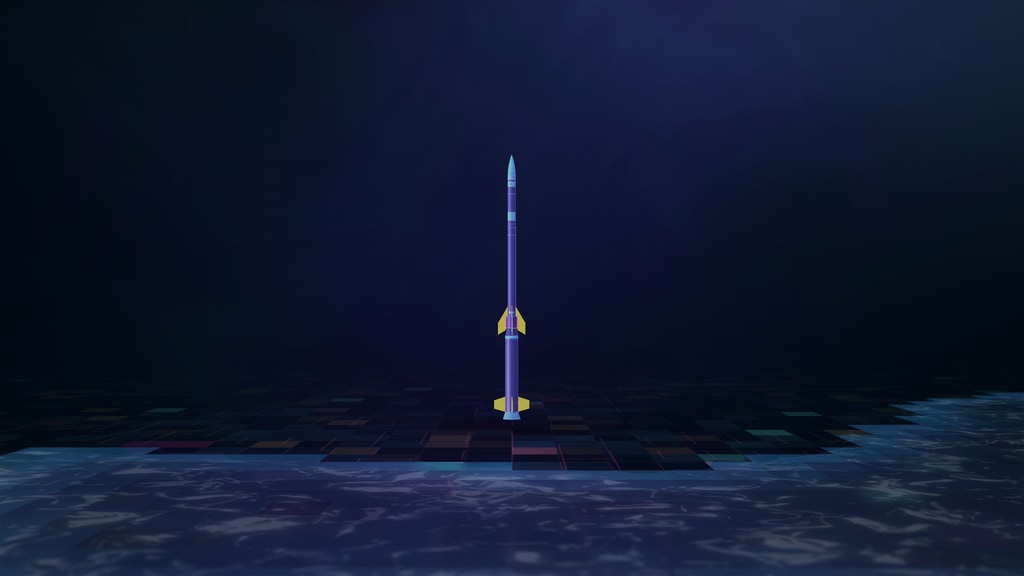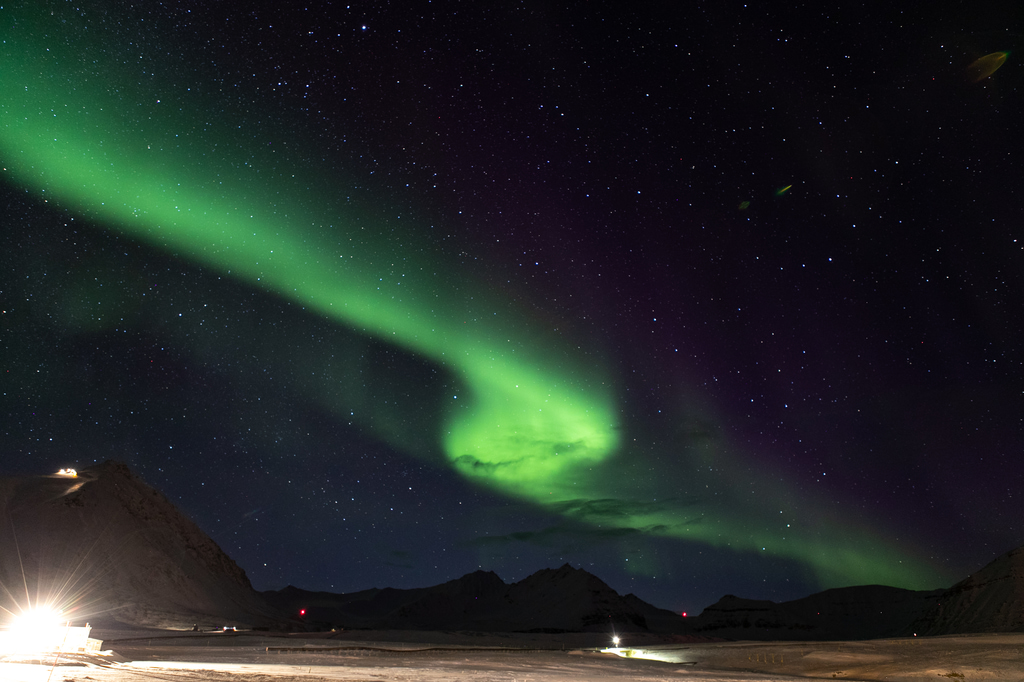The Cusp Aurora
A conceptual animation showing electrons traveling down Earth's magnetic field lines, colliding into oxygen atoms in Earth's atmosphere and causing oxygen molecules to escape and release red light causing the cusp aurora.
Credits
Please give credit for this item to:
NASA's Goddard Space Flight Center
-
Animator
- Bailee DesRocher (USRA)
-
Producers
- Joy Ng (USRA)
- Miles S. Hatfield (Telophase)
Release date
This page was originally published on Friday, December 20, 2019.
This page was last updated on Wednesday, May 3, 2023 at 1:45 PM EDT.




![Watch this video on the NASA Goddard YouTube channel.Complete transcript available.Music credits: “Journey to the Past”, “New Philosopher”, “Curiosity Cabinet”, “Buzzing Culture”, “Dusk Theories”, “At the Edge of the End” by Laurent Dury [SACEM]; “Strong Voices” by Tom Caffey [ASCAP]; “The Fortune Teller” by Phil Stevens [PRS]; “Shinobi’s Fight” by Benoit Malis [SACEM]; “Spring into Life” by Oliver Worth [PRS]](/vis/a010000/a013400/a013430/VISIONS2_Thumbnail.jpg)